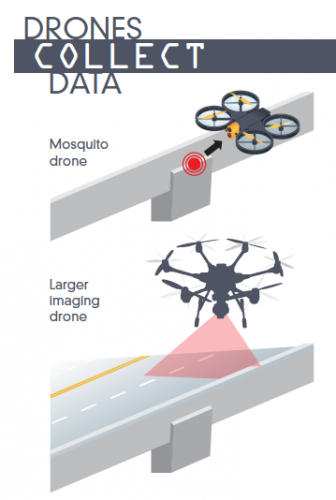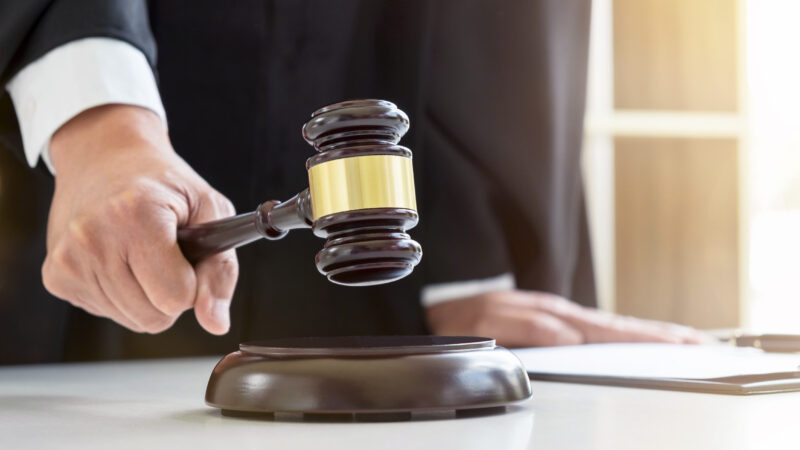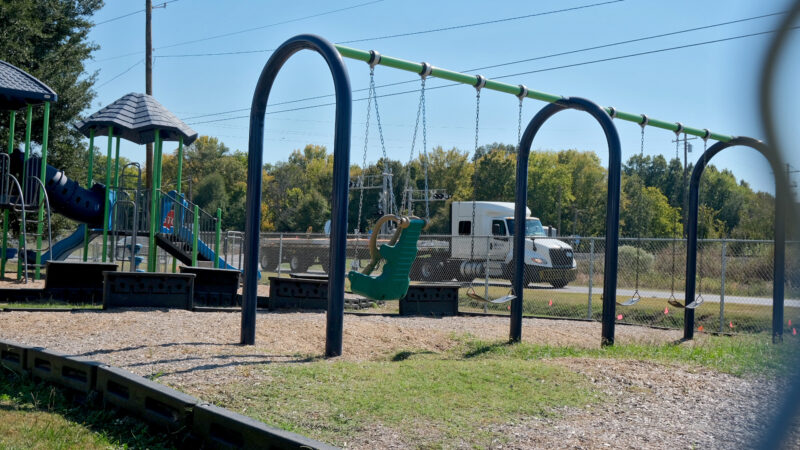For Aging Bridges, UAB Engineer Wants to Send in the Drones
Many of Alabama’s bridges are in bad shape. According to the U.S. Department of Transportation, there are about 16,000 structurally deficient bridges in Alabama. It’s a problem here and across the country. Many of the bridges are just old, and many were built when traffic and cars were lighter. But inspecting bridges takes time, skill and money. Now, a University of Alabama at Birmingham engineering professor is using a $500,000 grant from the National Science Foundation to develop a solution using drones.
Practicalities
It takes a long time to inspect any good-sized bridge, and there aren’t enough specialists or budget dollars to do them all. UAB engineering professor Nassim Uddin says that’s dangerous.

“We see a number of collapse of bridges recently, in Minneapolis, in Washington and so forth.”
Uddin says inspections become trickier and are required more frequently as bridges age. But he thinks drones could help.
“That was the challenge,” he says. “How can we use cheaper, very light sensors [to] give you a similar level of precision?”
The Plan
The idea is to mount sensors on bridges, then send drones out to upload information about the bridges’ health from the sensors. The drones themselves could scan the structures where the sensors can’t reach, too.
“Having the drones now, we don’t have to put hundreds and thousands of sensors sitting on the bridge and using lots of electricity and collecting the data day in and day out,” says Uddin.
Drones could be used for regular bridge inspections, or after storms or earthquakes.
Uddin is collaborating with researchers in Ireland and England, where he says there are fewer restrictions on testing drones in high-traffic areas. He hopes to run field tests in England this year. He’s also recently applied for a separate grant to develop the same drones to inspect buildings, homes and other structures after storms or earthquakes. Those drones could also serve as hotspot communications networks in disaster zones.
Former U.S. Sen. Doug Jones announces run for Alabama governor
Jones announced his campaign Monday afternoon, hours after filing campaign paperwork with the Secretary of State's Office. His gubernatorial bid could set up a rematch with U.S. Sen. Tommy Tuberville, the Republican who defeated Jones in 2020 and is now running for governor.
Scorching Saturdays: The rising heat threat inside football stadiums
Excessive heat and more frequent medical incidents in Southern college football stadiums could be a warning sign for universities across the country.
The Gulf States Newsroom is hiring an Audio Editor
The Gulf States Newsroom is hiring an Audio Editor to join our award-winning team covering important regional stories across Mississippi, Alabama and Louisiana.
Judge orders new Alabama Senate map after ruling found racial gerrymandering
U.S. District Judge Anna Manasco, appointed by President Donald Trump during his first term, issued the ruling Monday putting a new court-selected map in place for the 2026 and 2030 elections.
Construction on Meta’s largest data center brings 600% crash spike, chaos to rural Louisiana
An investigation from the Gulf States Newsroom found that trucks contracted to work at the Meta facility are causing delays and dangerous roads in Holly Ridge.
Bessemer City Council approves rezoning for a massive data center, dividing a community
After the Bessemer City Council voted 5-2 to rezone nearly 700 acres of agricultural land for the “hyperscale” server farm, a dissenting council member said city officials who signed non-disclosure agreements weren’t being transparent with citizens.








